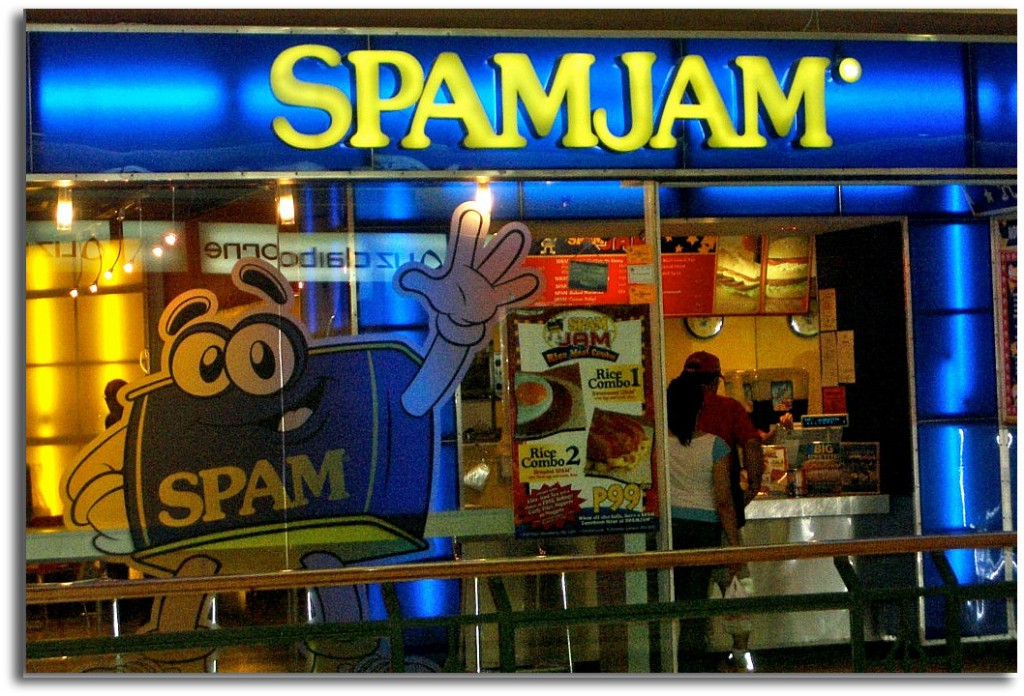“Tall hair, don’t care.” That’s pretty much been my mane (hah) mantra for the past few years. My hair has been my identifier and probably what I get the most comments on, from strangers on the subway, coworkers, and even GQ style gurus.
“What’s in there?” I get asked all the time. Well, I always say it’s where I keep all of my secrets. It’s really nothing more than some fiber gum and really strong hairspray… but I’ve recently discovered that there’s something else in there. Ready for it?
A bunch of grey hair.
It’s an old lola’s tale that using gel would eventually make your hair turn grey. That’s what I was told growing up, but I actually don’t remember a time when I didn’t use hair product. Actually, scratch that – I went through a phase in freshman year of high school when this unfortunate thing happened. I guess I saved some money on hair product, but I now see it was at the expense of my dignity.
In any case, I was looking at my hair in the mirror one day and noticed all the grey strands of hair jutting out. I had a quick "OMG" moment, but then stopped myself from plucking them because another old lola’s tale I grew up with was:
“When you pluck one out, three more will grow.” Was it three? I don’t remember. But it was along the same vein of:
“Don’t shave your mustache or it’ll grow coarse.” What? Damn, lola, enough with the hair advice and just let me live.
Seeing myself in the mirror, 26 years old and growing grey hair made me think back on the days when I was eight or nine years old and we were still living in the Philippines. My dad liked to play this game with my older sister and I, where he would have us sift through his hair and pluck out the grey hairs. We’d get money for each one we’d find. In those moments, my dad was literally a giving tree, with pesos growing out of him.
Don’t get me wrong – I’m not at like, silver fox status or anything. I have eight grey strands, and if I had kids of my own to bribe with money to pluck them out, they’d probably decline and say that their reward would not even be worth their effort. But I guess it was just a sobering thought to realize that growing old is a very real thing, and it’s no longer some imaginary rite of passage that seems light years away. It’s here.
I’ll be my dad pretty soon, but I’m also realizing that that’s not a bad thing at all. I’m keeping the grey though. My new mane mantra: "Grey hair. Don’t care."
Photo credit: Webmd.com









